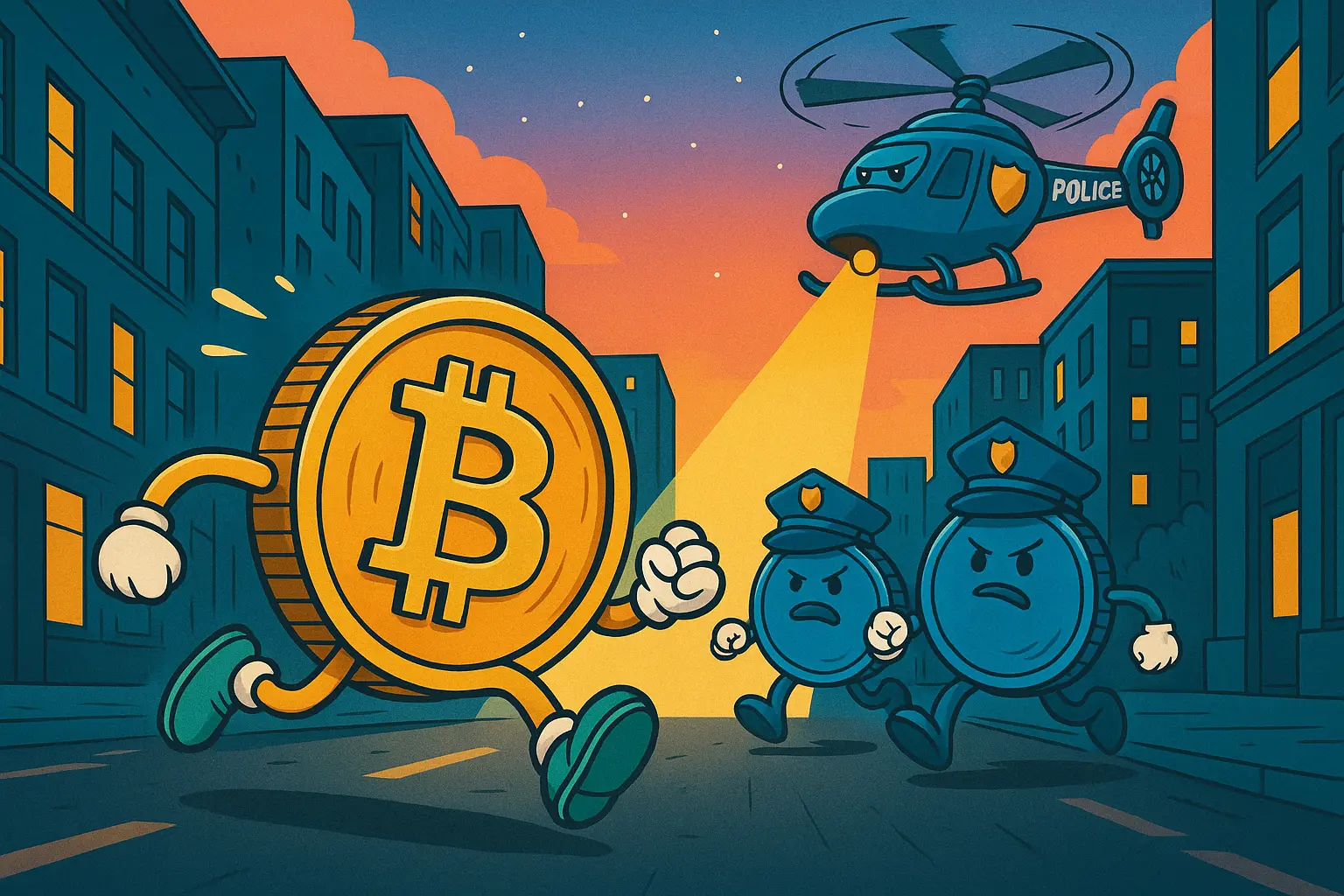Digital Asset Forfeiture Abuse: Real Cases and Red Flags
When the government seizes your crypto, it’s supposed to be based on evidence and due process. But in reality? Seizures are sometimes based on faulty data, guilt by association, or even profit motives. Digital asset forfeiture abuse is growing-and it’s costing innocent people their savings, businesses, and freedom.
This article uncovers the dark side of civil asset forfeiture in the crypto world. You’ll see real examples, learn how the system is being manipulated, and discover what red flags to watch for if your assets are targeted.

When the government seizes your crypto, it’s supposed to be based on evidence and due process. But in reality? Seizures are sometimes based on faulty data, guilt by association, or even profit motives. Digital asset forfeiture abuse is growing-and it’s costing innocent people their savings, businesses, and freedom.
What Does “Abuse” Mean in Civil Forfeiture?
Forfeiture abuse occurs when the government seizes assets without sufficient evidence, bypasses proper legal channels, or intentionally drags out the process to extract leverage or settlement. In the crypto space, that includes:
- Seizing wallets linked to flagged addresses without verifying ownership
- Taking NFTs or tokens without confirming who actually controls them
- Freezing exchange accounts over “suspicious” activity with no charges
- Pressuring owners into signing away assets under threat of federal prosecution
Because civil forfeiture does not require a criminal conviction, abuse often hides behind vague affidavits, sealed evidence, and bureaucratic loopholes.
Real Cases of Crypto Forfeiture Gone Wrong
- DAO Wallet Misidentification – 2023: The DOJ seized funds from a multi-sig wallet used by a decentralized organization. The agent assumed it belonged to a single person who had interacted with Tornado Cash. The funds were held for 9 months until FOIA requests and media pressure forced their return.
- Artist’s NFT Collection – New York, 2022: A digital artist had 10 NFTS seized after her platform was accused of being linked to money laundering. She was never charged. After hiring legal counsel and documenting her IP rights, she sued for damages and got her work back-plus legal fees.
- Coinbase Seizure Without Notice – Texas, 2021: A trader woke up to find $46,000 in stablecoins missing. Coinbase told him the IRS issued a warrant but never served him directly. Months later, he discovered that a different person using a shared IP address triggered the investigation.
These stories are not rare. As crypto becomes more mainstream, enforcement is becoming more aggressive-and less accurate.

Because civil forfeiture does not require a criminal conviction, abuse often hides behind vague affidavits, sealed evidence, and bureaucratic loopholes.
Why Abuse Happens
- Financial Incentives: Agencies get to keep a percentage of seized crypto. This creates a “profit motive” to seize first, justify later.
- Low Standards of Proof: Probable cause is all that’s needed in civil cases-far below the “beyond a reasonable doubt” standard.
- Misunderstanding of Tech: Prosecutors and investigators often misinterpret blockchain behavior (e.g., automated token interactions, smart contracts, wallet clustering).
- Secrecy: Forfeiture actions are often sealed, with no public hearing, making them harder to challenge.
Red Flags That Your Seizure May Be Abusive
- No criminal charges filed after months
- You were never served a forfeiture notice directly
- The seizure was based on “suspicious activity” rather than actual evidence
- Agents refused to provide a receipt or inventory
- You were pressured to sign a waiver or plea deal to “get something back”
If any of these apply, you may be the victim of forfeiture abuse-and should consider escalating your response.
How to Fight Back Against Abuse
- File a Verified Claim: Don’t let an unlawful seizure stand unchallenged. Force the agency into a public legal process.
- Request FOIA Documents: Submit a Freedom of Information Act request to the agency for documents related to your case.
- Contact Watchdog Groups: Organizations like the ACLU and Institute for Justice monitor forfeiture abuse.
- Go Public: Journalists and independent legal media often highlight abuses. Agencies are far more likely to return assets when there’s bad press looming.
Use the Courts-and the Court of Public Opinion
The legal system alone may not be enough. If your wallet or assets were taken under suspicious conditions, your best defense might be both legal and public pressure. Secrecy fuels forfeiture abuse. Sunlight is your weapon.
External Resources
- ACLU – Civil Forfeiture Reform
- Institute for Justice
Policing for Profit Report - FOIA.gov – Submit Document
Requests - EFF – Blockchain
and Privacy Rights
Crypto Forfeiture Abuse Is Real. Don’t Let It Win.
You don’t need to be guilty to lose everything. But you do need to be smart, fast, and loud if your digital assets were seized without cause. Challenge it. Expose it. Recover what’s yours-and stop them from doing it again.
